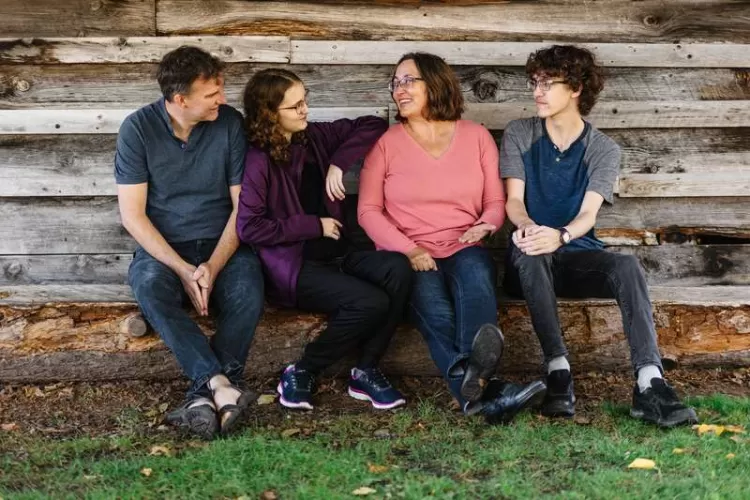The dark clouds over India’s cheetah project
Seven cheetahs have died since the project was launched. As ground staff struggle to manage the situation, experts say the plans were flawed from the start.


When she first arrived in India in February, Daksha lived in a small, fenced enclosure. After a mandatory 30-day quarantine, the cheetah, one of 12 translocated from South Africa to India this year, was shifted into a larger compartment within a 5-sq-km enclosure, so that she could acclimatise to the new habitat, before being released into the forests of Kuno National Park in Madhya Pradesh.
Like her, all the other cheetahs released from the quarantine were also introduced into compartments within the 5-sq-km enclosure.
On April 30, wildlife officials from India and South Africa held a meeting, in which they decided to let Daksha meet two males – this, they hoped, would induce the animals to mate. On May 6, the gates that separated Daksha’s compartment and the compartments of the two males were opened.
Three days later, Daksha was found severely injured – less than two hours later, she died. A statement released by the Ministry of Environment, Forests, and Climate Change attributed the death to “violent interaction with the male” during mating.
Forest officials argued that they had no reason to anticipate the death. For one, they maintained that such instances of injuries during mating were common among cheetahs. Further, they said, another female cheetah, Siyaya,...



































![Safari Thorium Neo 8-Wheel Luggage Set Trolley Bags (Set of 3) at just Rs. 5,599 [MRP 29,100]](https://savefree.in/uploads/images/202409/image_870x580_66f63845060f0.webp?#)












![Handmade Brown Mango Wood Chopping Board At just Rs. 89 [MRP 599]](http://savefree.in/uploads/images/202303/image_870x580_641bf7e9c2206.jpg?#)


